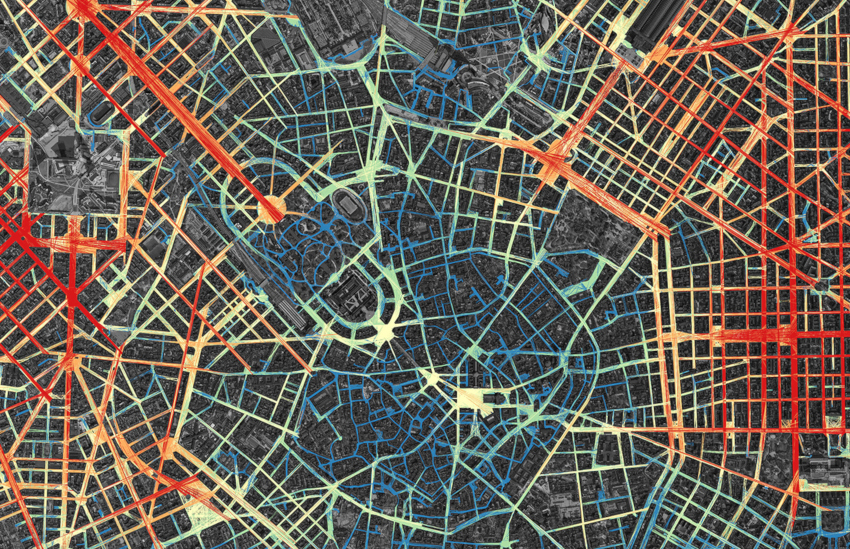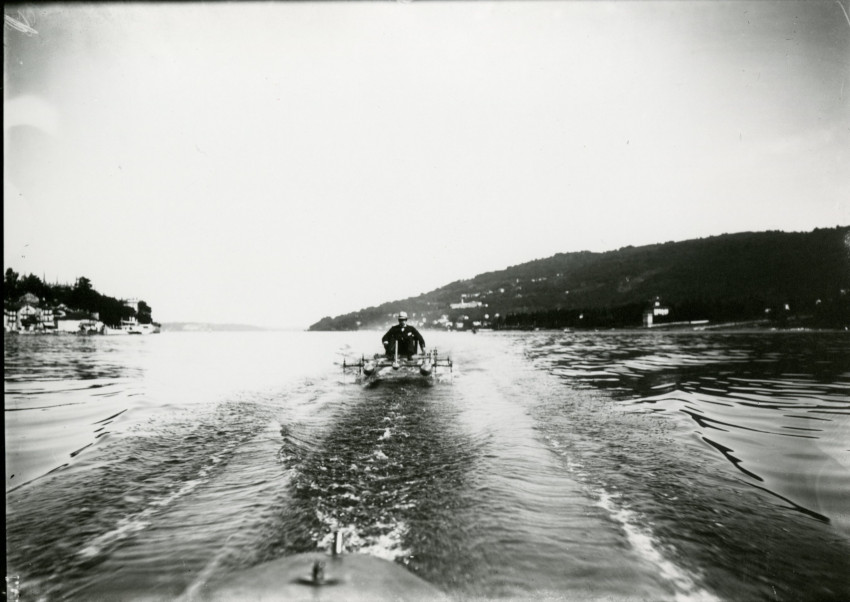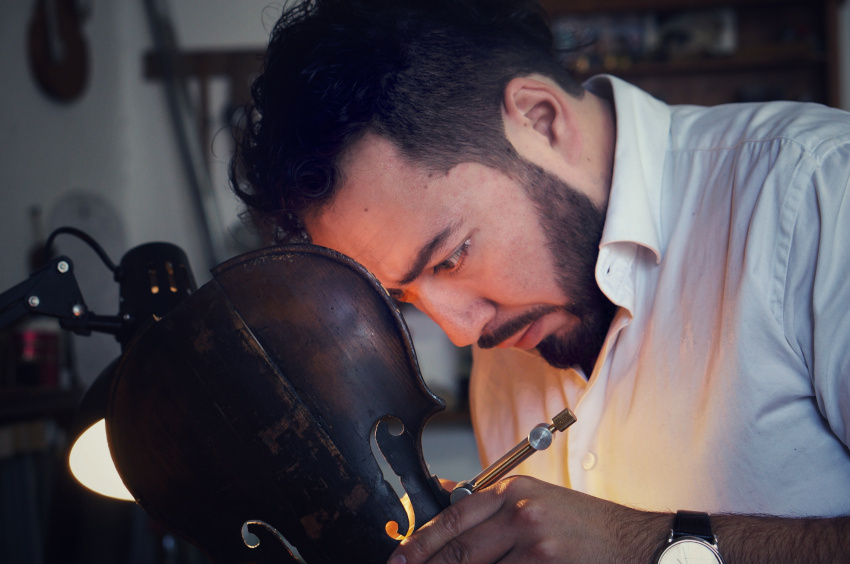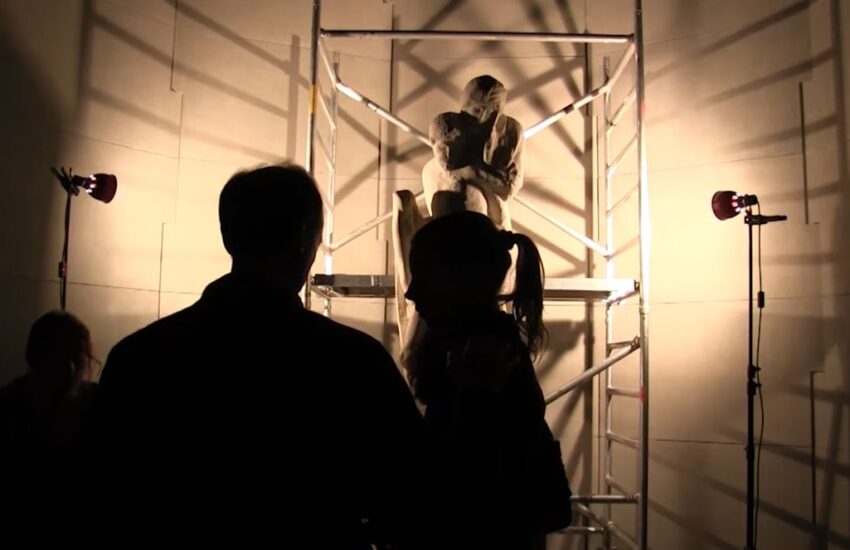The metaphor of research as a journey – and of the journey as research – is particularly dear to us, as you may have guessed from reading our articles. It is the oldest metaphor around precisely because it is also the metaphor of the entire human race. Fatti non foste a viver come bruti… Does that perhaps ring a bell? Dante’s famous thought is certainly one that lies at the basis of science, technology and research. But it is a thought that we all share, it describes all of our existences, it makes us part of something that unites us in a common history.
Our roots are important: in the logo of our Politecnico we read the name of a place, Milan, and a time, 1863. That was where we started from but in the meantime 159 years have passed and we are now part of a global research and knowledge system that no longer simply makes us the Politecnico di Milano, but a Politecnico of the world.
So it was not a coincidence to meet Sebastian on the Cremona Campus, a researcher who, having literally travelled around the world with his musical instruments in his rucksack, came here and fell in love with the city of the master luthiers. And in fact he’s still here with us, working on violins and artificial intelligence.
We then met Nicola Colaninno, He, on the other hand, thanks to a Global Fellowship, will have the opposite opportunity: setting off from Milan, he will continue and extend his research on urban heat islands in an itinerary that will take him to Boston, Barcelona and Delft in the coming months.
By the way, if you want to learn more about climate change, take a look at the new video #ilPOLIMIrisponde, where Maddalena Buffoli explains how we will have to adapt our cities to these phenomena.
One unpleasant journey that we had to tackle together two years ago was, and still is, that of the pandemic. Research, and its progress, as in projects such as MEV, the emergency lung ventilator, are critical for helping us to come out of the present crisis, as soon as possible.
Instead, in our photonics laboratories, we are continuing to study light, an element we have been chased for millennia as it carries on its journey, in the hope that one day we’ll catch up with it. Will we succeed? The answer is not as simple as it seems.
Just think that, at the age of thirty, Enrico Forlanini, who graduated from the Politecnico in 1848, wrote:
I had set out to build a steam-powered machine that, by rotating its propellers, could rise freely in flight…
He succeeded. Others, fifty years ago, set foot on the Moon. Some of us will soon be walking on Mars. As you can see, the journey almost always takes us to the places we least expect to visit, sooner than we think …

Travelling in search of new tools to tackle climate change
When was the last time you said to yourself: “Here we are, could this be the goal of a lifetime coming true”? Nicola Colaninno, researcher at the Department of Architecture and Urban Studies, tells us about his own moment of realisation. It is a story of commitment, perseverance and passion. Because winning a Global Postdoctoral Fellowship from the Marie Skłodowska-Curie European programme is no mean feat. It means having the opportunity to carry out research for three years, travelling around the world. We’ll describe his MultiCAST project, which will address the phenomenon of urban heat islands, and propose systems to mitigate the effects of this climate phenomenon through urban planning and policies.
The emergency lung ventilator becomes reality
If there is one thing that is giving us hope in this long and disheartening period of the Covid pandemic, it is research. It is as if the emergency circumstances we are experiencing are becoming even more inescapable challenges for the scientists of today. The high pressure on intensive care units gave rise to the idea of MEV, a design for an emergency lung ventilator. Gianfranco Beniamino Fiore spoke to us and illustrated how this device works. By modulating the respiratory mixture it multiplies the number of patients who can be cared for with a certain number of machines. This is just the first in a series of high social impact projects financed with Polisocial Award funds.
Photo News

This is Enrico Forlanini at Lake Maggiore, on one of the first hydroplanes, in a rare shot from 1903.
The dream of flying over Milanese traffic in an airtaxi may soon become reality when Milan hosts the Winter Olympics. But our city’s passion for flying goes back a long way. The first helicopter was the ingenious idea of a young engineer named Forlanini, a graduate of Politecnico di Milano. In this issue, we will tell you the story of this great aeronaut.
The laboratory where they study thousands of light applications
There are no less than 14 laboratories dealing with photonics in our Department of Physics. Their network constitutes the “Laboratory of Photonics for Health, Food and Cultural Heritage“, magical places where the study of light is used to develop innovative methods and techniques.
In the video we have made, we give you a tour of three of the many areas of research carried out there. The first is the functional analysis of the brain and muscles in humans, using functional near-infrared spectroscopy, a non-invasive technique and a viable alternative to traditional functional MRI. Then, we come from a different direction with imaging and spectroscopy techniques for art, which provide us with important information on the state of conversation and techniques used in the creation of works. Finally, we have the study of tissues, organs and organisms in the biomedical field, such as the morphology of the brain and its diseases, cardiovascular dysfunction and cell regeneration.

Lutherie meets artificial intelligence
“Chisels from the South of France, Flemish goldsmiths, Italian luthiers, and the traditions that gave birth to the fertile ground where science could finally take off and change the world in ways never previously imagined”. This is the idea of Europe that Sebastian Gonzalez aspired to when he first became interested in musical instruments in a workshop in Lower Saxony located in a fairytale setting. Since then, he has been travelling round the world in search of that imagery, just him and his instruments. For now he has stopped in Cremona, where he is studying how artificial intelligence can be applied to the art of lutherie. But we’ll hear from the man himself what made him fall in love with this city of ours.
Sono ben 14 i laboratori che si occupano di fotonica al nostro Dipartimento di Fisica. La loro rete costituisce il “Laboratorio di Fotonica per la salute, l’agroalimentare e i beni culturali”, luoghi magici dove lo studio della luce viene impiegato per lo sviluppo di metodi e tecniche innovative.

